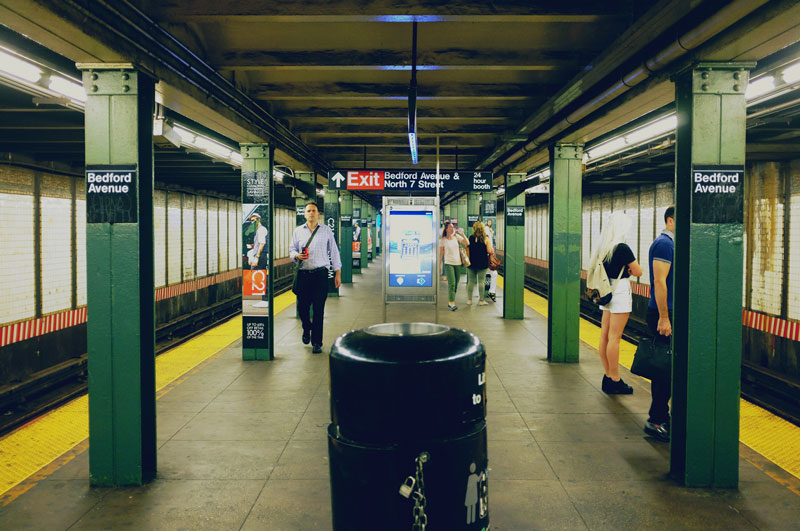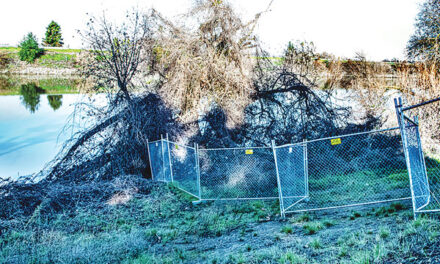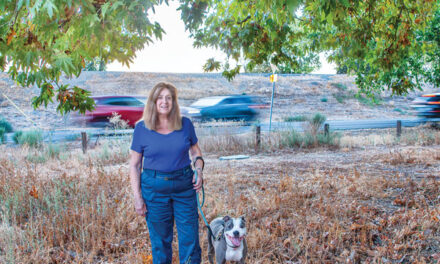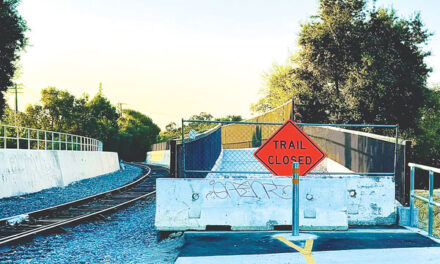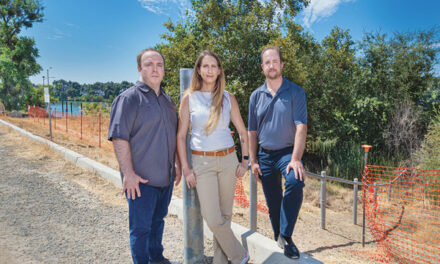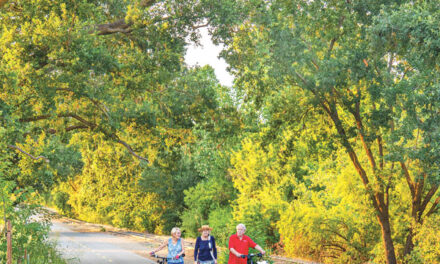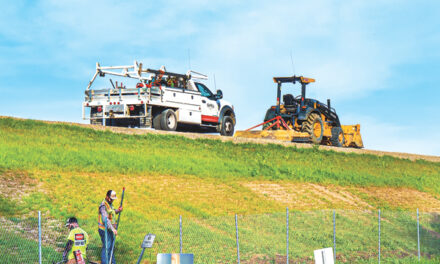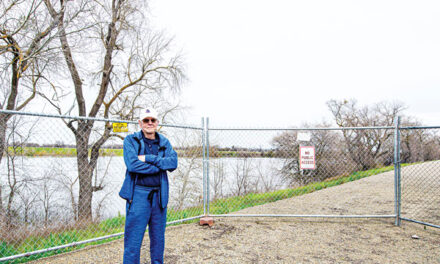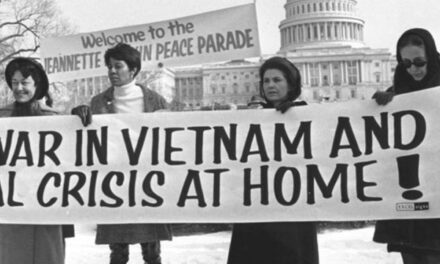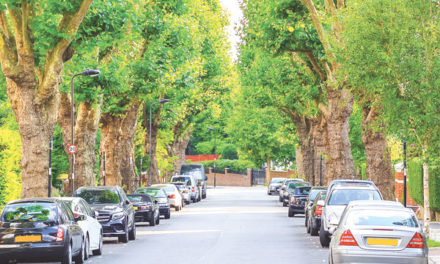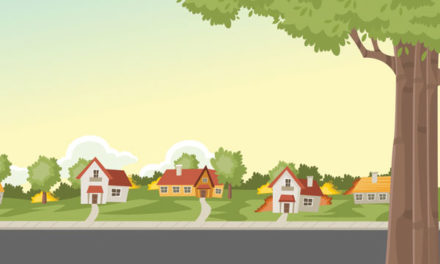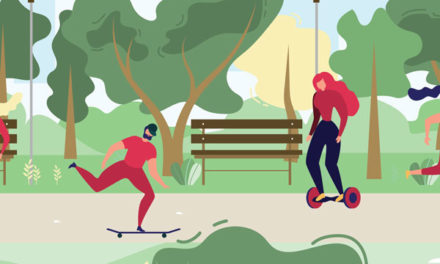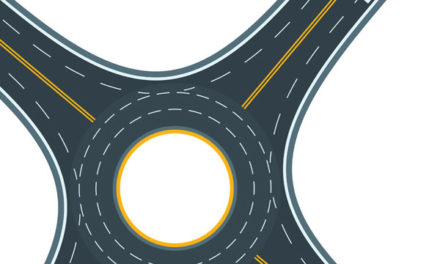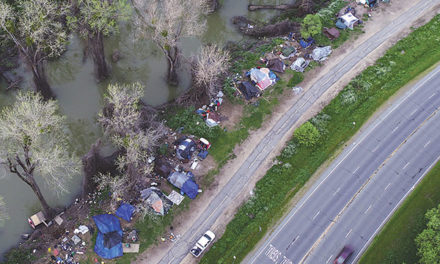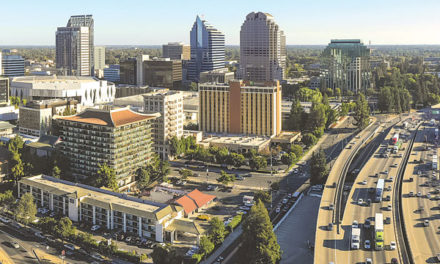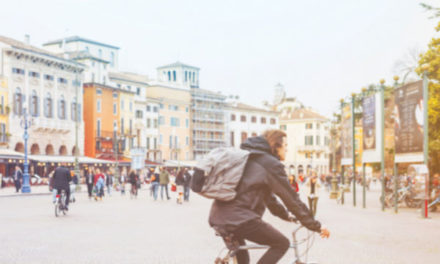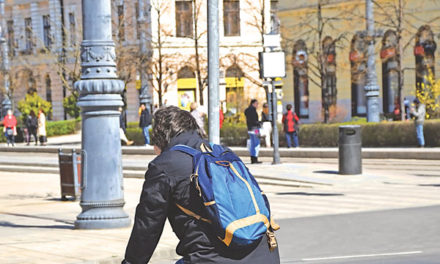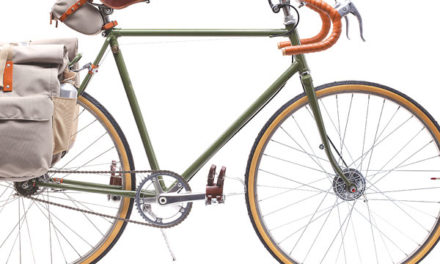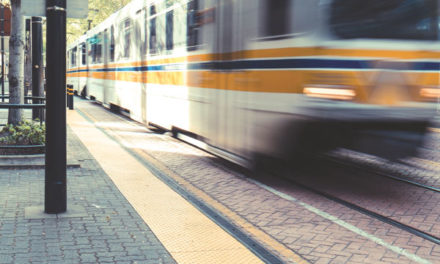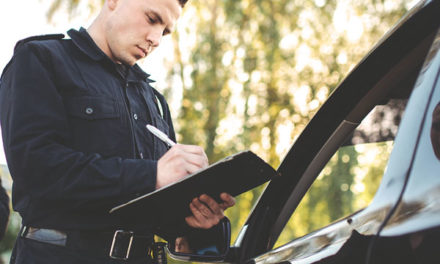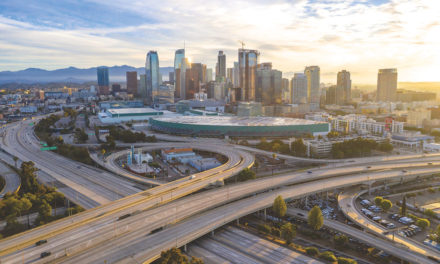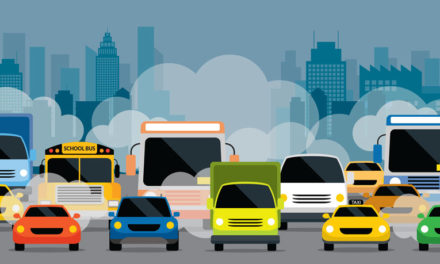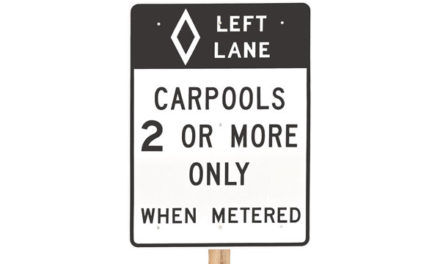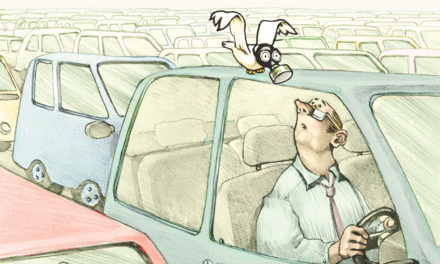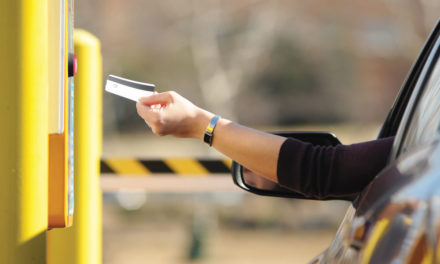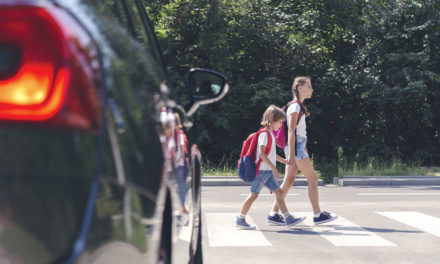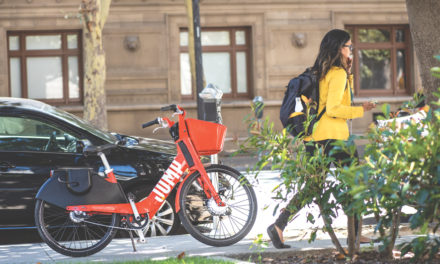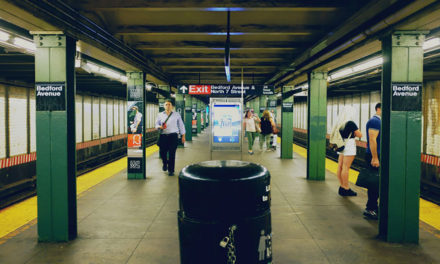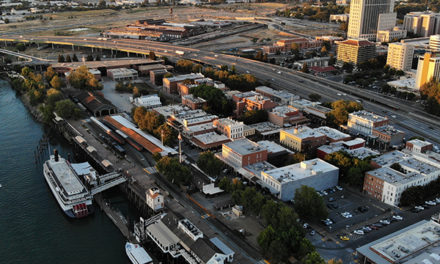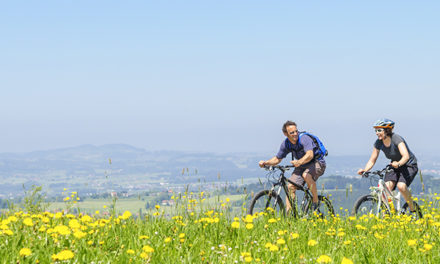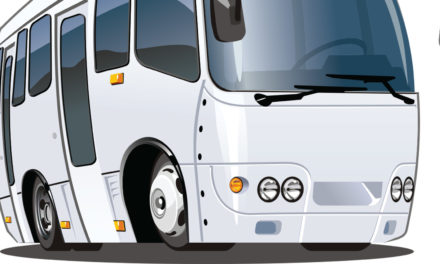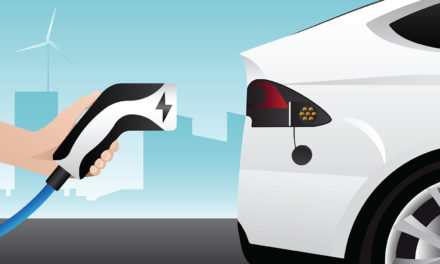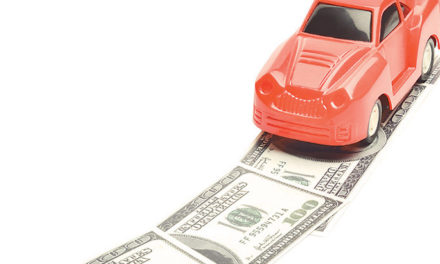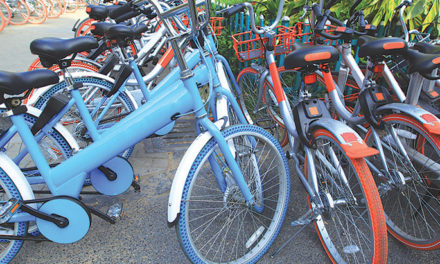New York is unlike any other city in the United States. New Yorkers get around differently, with the country’s highest level of public transit use. More than half the households don’t own a car. In Manhattan, the non-ownership rate is 75 percent.
A recent trip to the Big Apple exposed me to an eclectic variety of ways to get around: walking, subways, buses, bike share, commuter rail, private auto and ferries. My wife and I passed through the nation’s two busiest rail stations, Grand Central and Penn Station. We saw the stunning Oculus, the World Trade Center terminal station for rail lines serving New Jersey.
The experience included some walking and cycling habits Sacramento could envy.
We didn’t take cabs, Uber or Lyft. It was clear that those would be the most expensive and least efficient options because of traffic congestion. In Manhattan, cars don’t rule, pedestrians do. There are so many people walking that vehicles making turns had only a tiny window in time to edge their way through the throngs. A police officer may occasionally direct traffic in Sacramento at a King’s game or other event. In New York, more than 2,000 yellow-vested traffic agents vainly try to get traffic to flow.
All that walking is good for New Yorkers’ health. Their average body mass index is low. Manhattanites don’t stroll. They set a good pace. Tourists are advised to get out of their way. The crowds, construction sites with narrow sidewalks and brisk pace made Sacramento seem very laid back.
I was hoping that the subway system had improved since my last trip decades ago. It seemed dirty and hard to use then. It’s better now. There were magnetic MetroCards and electronic boards at some stations with estimated train arrivals. Newer subway cars had electronic signs highlighting the route and next stop. Trains were graffiti-free. Stations were cleaner. I didn’t see anyone hop a turnstile.
Navigating the subway system is still a challenge and not newcomer friendly. We had a paper map and there are smartphone apps available, but system maps at the stations were hard to find and neighborhood maps (once you emerged from the underground maze, blinking and confused) were nonexistent. The subway system is a spaghetti-like network of two dozen lines. While there are lots of stations, they can be difficult to spot. We got better with experience.
I was especially interested in Citi Bike, a station-based, bike-share system. You pick up a bike locked to an electronic stand and leave it at a station near your destination. We discovered it could be hard to find a bike at a nearby station and problematic to locate a station. We lost battery power on our cellphones, so couldn’t access bikes for a return trip, even though we paid for an all-day pass.
Biking along the Hudson River was great and surprisingly attractive, but pedaling the heavy bikes uphill from river elevation wasn’t easy. Electric-assist JUMP bikes in Sacramento, that can be left anywhere in the service area, have big advantages. (Lyft-owned Citi Bike pulled its 1,000 electric bikes off New York streets in April because of brake problems.)
Oddly, I felt safer on Manhattan streets than in Sacramento. The reason was slow traffic speeds. There were also protected bike lanes, separated from traffic by barriers. And lots of bikes.
The least satisfactory traveling on our trip was by private car. Friends took us to Fire Island. Friday afternoon and Sunday evening were spent in traffic jams. It was tedious travel with hours-long traffic crawling for miles.
Sacramento doesn’t have the population density to support a transit system like New York’s. But New York public transit works for 5 million users each day. It’s energy-efficient. New Yorkers have the lowest per-capita carbon footprint from transportation in the country. Not owning a car is a realistic option in Manhattan. The lack of space and high parking charges ($30 per hour short-term and $400 per month long-term) are reasons for low car ownership. Planned congestion charges will likely further reduce car use.
New York’s transportation system is abnormal for the U.S., but it may be instructive for Californians as our cities increase in population and density. We all need answers to traffic problems.
Walt Seifert is executive director of Sacramento Trailnet, an organization devoted to promoting greenways with paved trails. He can be reached at bikeguy@surewest.net. Follow us on Facebook, Twitter and Instagram: @insidesacramento.



